Regulatory Support
Regulatory support is increasingly influencing the Natural Wax Emulsion Market, as governments worldwide implement stricter regulations regarding product safety and environmental impact. This regulatory landscape encourages manufacturers to adopt natural wax emulsions, which are often perceived as safer and more sustainable alternatives to synthetic options. In recent years, several countries have introduced policies that promote the use of biodegradable materials in packaging and personal care products. As a result, the demand for natural wax emulsions is expected to rise, with the market projected to grow significantly in the next few years. By 2025, the Natural Wax Emulsion Market could see a substantial increase in market share, driven by compliance with these regulations and the growing consumer preference for clean-label products.
Diverse Application Areas
The versatility of natural wax emulsions across various application areas serves as a significant driver for the Natural Wax Emulsion Market. These emulsions find utility in a wide range of sectors, including cosmetics, food packaging, and industrial coatings. The ability to cater to diverse needs enhances their market appeal. For instance, in the cosmetics industry, natural wax emulsions are increasingly used as emollients and thickeners, while in food packaging, they provide a sustainable alternative to traditional materials. The market is projected to grow as manufacturers explore new applications and formulations. By 2025, the Natural Wax Emulsion Market is expected to expand, with a notable increase in demand from sectors that prioritize sustainability and performance. This trend underscores the potential for continued growth and innovation within the Natural Wax Emulsion Market.
Sustainability Initiatives
The increasing emphasis on sustainability is a pivotal driver for the Natural Wax Emulsion Market. As consumers become more environmentally conscious, there is a growing demand for products that are derived from renewable resources. Natural wax emulsions, being biodegradable and non-toxic, align well with these sustainability initiatives. In 2025, the market for natural wax emulsions is projected to witness a compound annual growth rate (CAGR) of approximately 6.5%, driven by the rising preference for eco-friendly alternatives in various applications, including cosmetics, food packaging, and coatings. Companies are increasingly investing in sustainable sourcing and production methods, which not only enhances their brand image but also meets regulatory requirements aimed at reducing environmental impact. This trend is likely to continue shaping the Natural Wax Emulsion Market in the coming years.
Technological Advancements
Technological advancements play a crucial role in propelling the Natural Wax Emulsion Market forward. Innovations in production techniques and formulation processes have led to the development of more efficient and effective natural wax emulsions. For instance, advancements in emulsification technology have improved the stability and performance of these products, making them more appealing to manufacturers across various sectors. The market is expected to expand as new applications are discovered, particularly in the personal care and food industries. In 2025, the market is anticipated to reach a valuation of USD 1.2 billion, reflecting the impact of these technological innovations. Furthermore, ongoing research and development efforts are likely to yield novel formulations that cater to specific consumer needs, thereby enhancing the competitive landscape of the Natural Wax Emulsion Market.
Consumer Awareness and Education
Consumer awareness and education regarding the benefits of natural ingredients are vital drivers for the Natural Wax Emulsion Market. As consumers become more informed about the potential health risks associated with synthetic chemicals, there is a marked shift towards products that utilize natural components. This trend is particularly evident in the cosmetics and personal care sectors, where consumers actively seek out products that are free from harmful additives. The Natural Wax Emulsion Market is likely to benefit from this shift, as brands increasingly highlight the natural origins of their formulations. In 2025, it is estimated that the market will experience a growth rate of around 7%, fueled by heightened consumer demand for transparency and safety in product ingredients. This growing awareness is expected to drive innovation and expansion within the Natural Wax Emulsion Market.


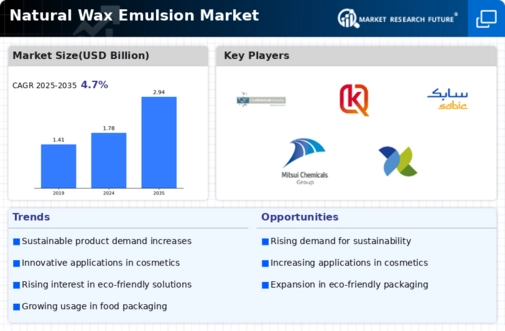

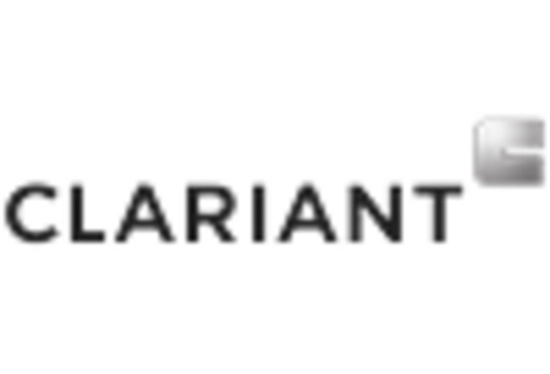

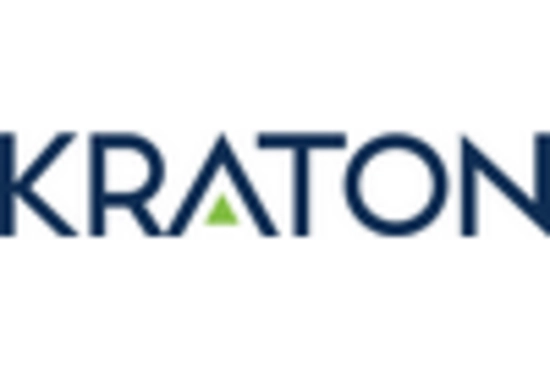
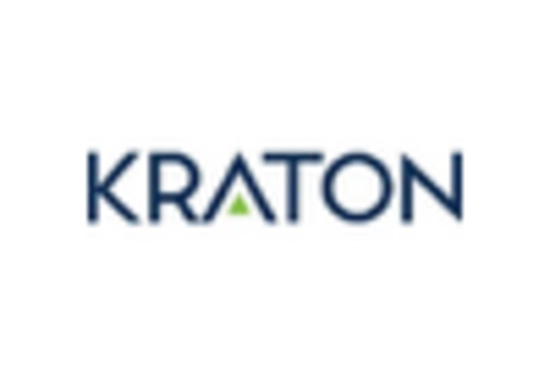
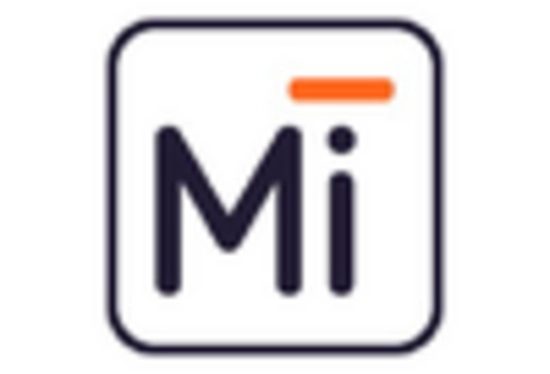








Leave a Comment